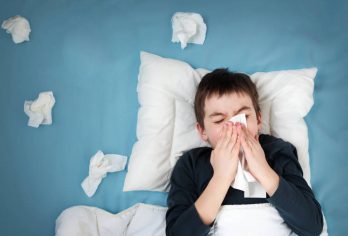Now that summer is in full swing, you may notice your children coming back indoors with mosquito bite welts on their arms and legs. Although you probably grew up suffering through the same dilemma thanks to your hours of summer play outside, you have probably heard of the variety of diseases that mosquitoes may now carry. It is wise for you to understand more about mosquito bites and how you should care for them to ensure that your child stays healthy during the warm, brilliant days of summer.
Of course, there are some times when you should worry about the bug bites on your child’s body. Call us for an appointment immediately or head to an urgent care clinic or a nearby emergency room if your child develops any of the following side effects:
- An allergic reaction with major swelling at the site or around the face
- Difficulty swallowing
- Infection due to excessive scratching at the site
- Increasing redness or red streaks in the area
- Body aches
- Fever
- Diarrhea
If any of the above side effects develop, your child may have been bitten by a different insect, may be allergic to the insect or may have developed a secondary illness or infection from the bite. Getting medical help quickly can help get your child back on her feet again so that she can enjoy the summer.
In the United States, the only disease that mosquitoes carry that could be harmful to humans is West Nile Virus. If your child has recently been out of the country to areas in Africa, South America or Central America, she could also be at risk for yellow fever, malaria or the Zika virus if she has not been properly immunized.




